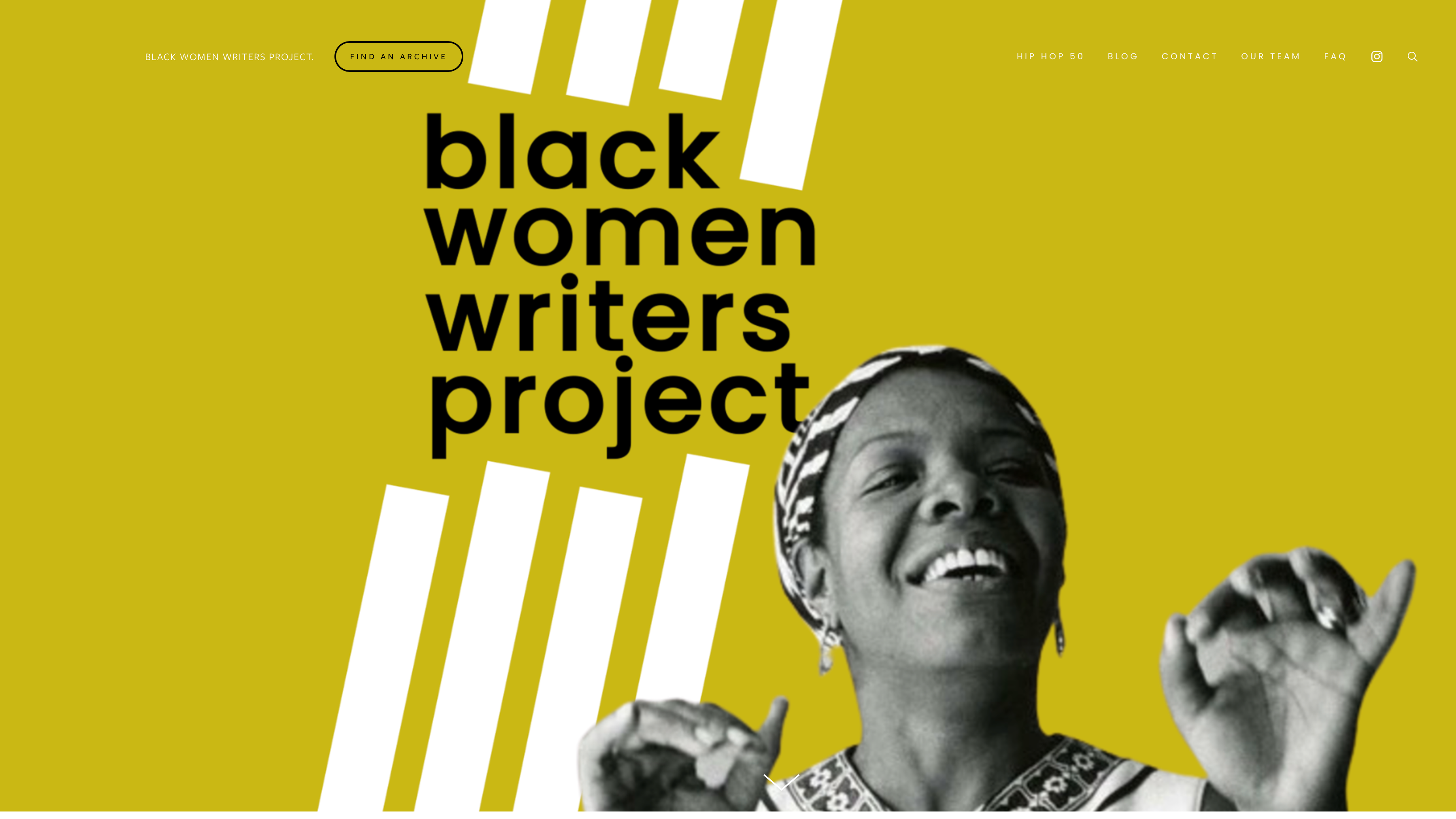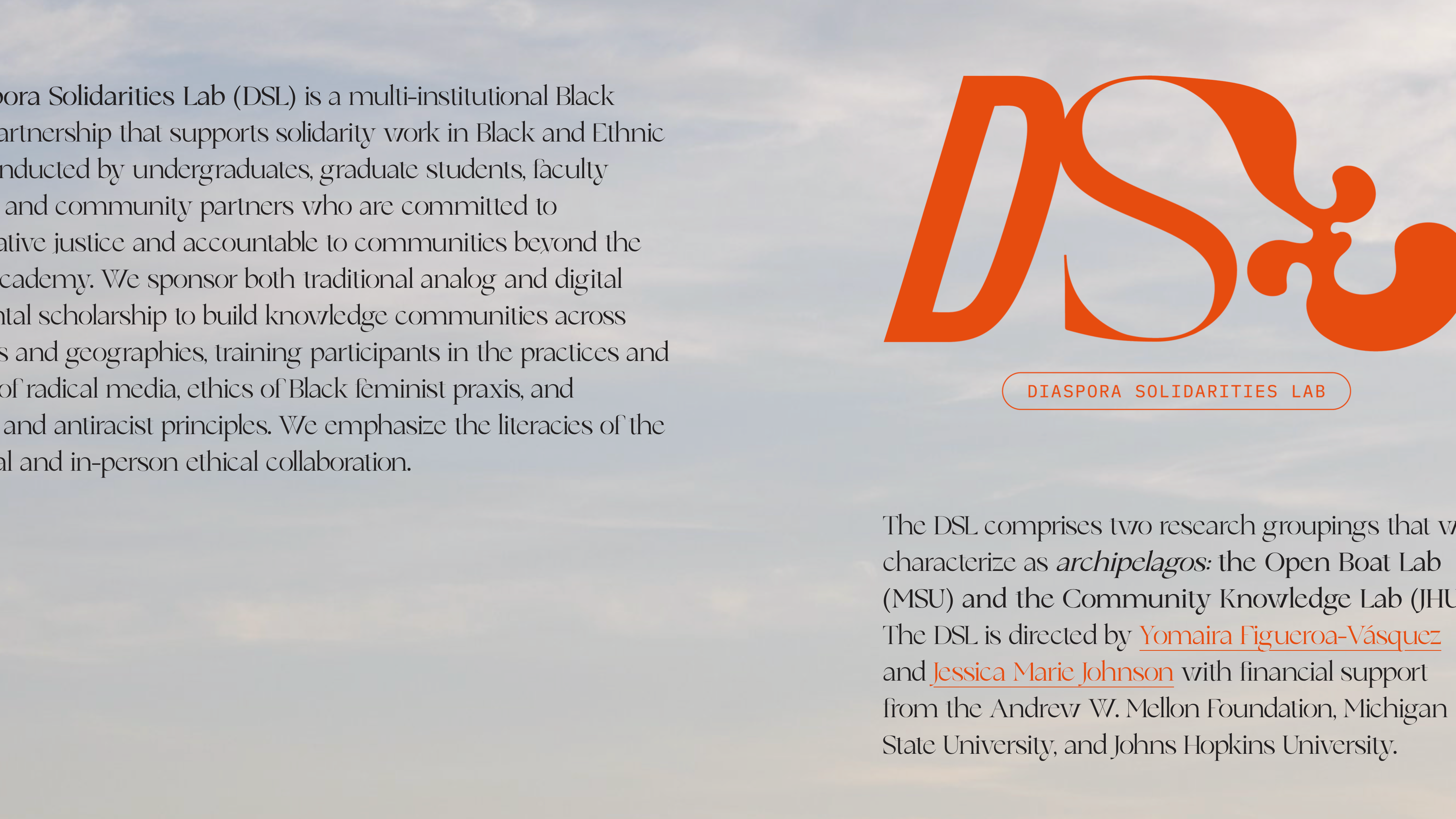In my Social Justice ePortfolio (SJ-eP) I analyze existing diversity and inclusion responses to Black Women Artists, Cultural Workers, Organizers and their communities at Build Your Archive located in Atlanta, Georgia, and the Greater Metro Atlanta as part of CIS 668 (Social Justice and Inclusion Advocacy) course during fall 2023. On this page, I conducted a literature review of two articles within the area of Black Memory Work and archiving from a Black Feminist lens.
Wholeness Is No Trifling Matter: Black Feminist Archival Practice and The Spelman College Archives
Holly A. Smith (2022) “Wholeness Is No Trifling Matter”, The Black Scholar, 52:2, 16-27, DOI: 10.1080/00064246.2022.2042764
In "Whole Is No Trifling Matter", Spelman College Archivist, Holly Smith explores the collections Black Feminist writers Toni Cade Bambara and Audre Lorde. The two collections provide unique examples about how both the writers and the archivists are involved in their record keeping. Specifically expanding on the framework of "Radical empathy" as defined by Michelle Caswell and Marika Cifor. This definitions allows for the archivists to be "rather than passive bystanders, archivists are active agents in constructing societal memory." To note that these are the most heavily used collections, a central node of community can be seen throughout the lifetime of them. They represent the relationships with the Black women writers and feminists and the friendships within the Spelman Community as well. Rather than their records displaying one version of their lives but also how their creative processes unfolded.
Disorderly Distribution: The Dispersal of Queen Mother Audley Moore’s Archives and the Illegibility of Black Women Intellectuals
Ashley D. Farmer (2022) Disorderly Distribution, The Black Scholar, 52:4, 5-15, DOI: 10.1080/00064246.2022.2111648
Dr. Ashley Farmer, introduces the term "disorder distribution" to the canon and defines it as, "when documentation of their ideas and lives are literally located everywhere and strewn across multiple archival spaces." Traditionally, this is not the case for theorist and organizers and therefore researchers have an easier time. of finding their recordings, analyzing their work and telling their stories. This definition for me edified the ethos of how I want to position and educate our communities on what an archive looks like for future Black Women Artists and cultural workers. Queen Mother Audley Moore's Archives is but one example of radical Black Women Organizers. It places much emphasis on how the traditional system is "an archival system that was not designed with Black life, thought and activism in mind." In many ways the fragmentation of her archive provides an image of her life as an example of what organizing looks like for a Black Woman.

